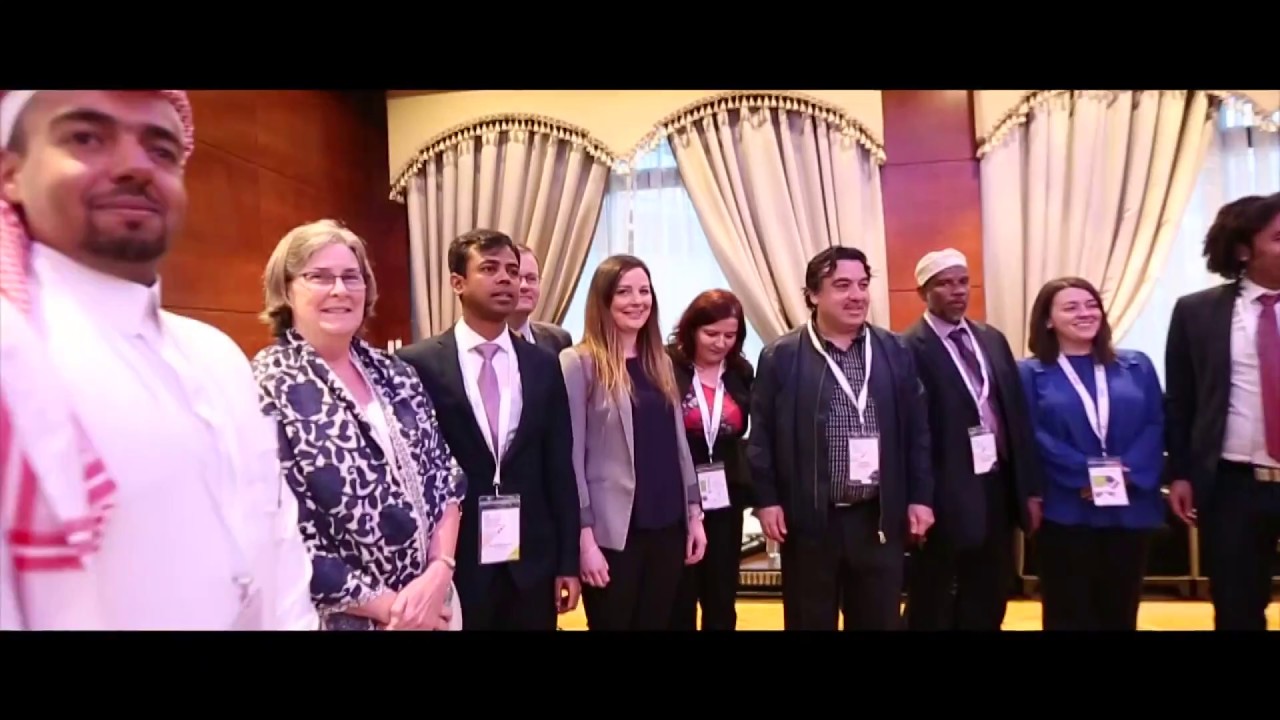
Building a personalized course recommendation system
With the continuous increase of online learning resources, many users are overwhelmed when choosing learning resources. Taking China as an example, the Chinese Academy of Sciences released a White Paper on China’s Online Education Online Course Market in 2020, and the 2021 Prospective Report which provides a comprehensive analysis of the number of online education users in China. As of April 20201, the number of online education users in China reached 423 million, an increase of 222 million from the end of 2018, accounting for 46.8% of the total number of netizens.
It can be seen that under the influence of strong external forces such as technological development, favorable policies, and epidemic stimulation, online education has attracted more and more learners. In recent years, the scale of the online education industry has been continuously expanding, with a variety of online education platforms blooming, and online course resources continuing to grow.
However, high quality online educational resources not only create more learning opportunities for learners, but also increase the difficulty for students to obtain the necessary course resources. The large-scale and rapidly growing online resources have caused the problem of “information overload”, where people’s ability to process information cannot keep pace with the speed of information growth. So learners have to jump between multiple platforms and invest a lot of time and energy searching for the most suitable educational resources among the massive online course resources, resulting in a serious decrease in learning efficiency and resource utilization.
Faced with so many online courses, it has become very important to quickly access qualified courses that are of interest, in order to save time on searching and decision-making. Therefore, there is an urgent need2 to introduce modern intelligent recommendation algorithms to achieve personalized recommendation of course resources.

1. Introduction
Analyzing the historical development of recommendation systems, David Goldberg and colleagues first used the concept of collaborative filtering3 at Xerox PARC in 1992, using user annotations and operational behavior record information to reprocess and sort emails. In 1995, Pattie Maes Laboratory at MIT successfully commercialized recommendation system technology4 after earlier founding Software Agents Group. Later in 1996, Yahoo launched its first personalized recommendation portal, MyYahoo5. What’s more, researchers from the American Telephone & Telegraph (AT&T) laboratory proposed the use of collaborative filtering technology6 to implement personalized recommendation systems. And TELLIM is a personalized e-commerce prototype system7 developed by Dresden University of Technology in Germany in 1999, which is a huge success.
2. Current situation analysis
From a global perspective, European and American countries are at a leading level in the use of recommendation systems, especially in the fields of video and movies, social networks, and e-commerce, with a large number of successful cases. International e-commerce giant Amazon has been committed to researching recommendation systems8 for over a decade, using recommendation algorithms to provide personalized online stores for each user, allowing Amazon to achieve much higher click through rates and conversion rates than other e-commerce websites. Nowadays, on music websites Pandora and social networking sites X and Facebook, recommendation systems have long been listed as indispensable functional modules and continue to create value for users and enterprises themselves. In addition, recommendation systems are also playing an important role in emerging mobile Internet development fields such as location-based services and personalized advertising.
3. Design
Therefore, based on the analysis of the current situation of course selection in universities around the world, it is necessary to design and implement a system that integrates the learning resources of mainstream Chinese platform MOOCs9 and uses hybrid recommendation technology to recommend these hierarchical and systematic course resources. It can respond to the needs of college students for fast retrieval, personalized recommendation, and unified management of online course resources on multiple platforms.
Furthermore, this system is a collection of multiple modes, which includes using Django framework, Python language, SQLite3 database, and WSGI server development system to achieve fast system setup. And after the successful initial setup, the system can be based on the retrieval needs of learners. The basic retrieval functions are designed: querying by course name, querying by the school where the course is offered, and querying based on course category. Fuzzy match the courses required by the user in the database who entered the keywords into the homepage search box and the selected search method. And to improve user query and course selection efficiency, a course subscription function was designed to establish the association between users and resources, which can also achieve unified management of course resources distributed on various platforms.

4. Summary
In practical terms, the system obtains public course information and jump links from multiple course selection platforms through crawlers. And it establishes associations between users and their interested online course resources through course subscription functions, achieving unified management of course resources distributed on various platforms. In addition, the innovation of this system is that integrating course recommendation and course search in its design, which can solve the problem of course selection faced by users due to the lack of clear course selection intentions among most users. It transforms users’ vague potential needs into clear subscription behaviors, thereby improving the efficiency of user retrieval and course selection, and enhancing resource utilization.
In theoretical terms, using the Coursera website rating dataset and various indicators such as RMSE, the performance of the original User Based CF algorithm and the improved User Based CF algorithm is compared, also effectively testing the value of the algorithm proposed in the field of course recommendation. At the same time, it provides a solution for the construction of an efficient personalized recommendation system and the problem of user churn on similar websites. What is meaningful is that it optimizes the user experience of online course platforms and enhances the loyalty of student users to the platform.
Article source: Adapted from Building a personalized course recommendation system prepared as part of the requirements for completion of course KM6304 Knowledge Management Strategies and Policies in the Nanyang Technological University Singapore Master of Science in Knowledge Management (KM).
Header image source: Julia M Cameron on Pexels.
References:
- CNNIC. (2020). Statistical Report on Internet Development in China. China Internet Network Information Center (CNNIC). ↩
- 刘建国, 周涛, 郭强, & 汪秉宏. (2009). 个性化推荐系统评价方法综述. 复杂系统与复杂性科学, 6(3), 1-10. ↩
- Goldberg, D., Nichols, D., Oki, B. M., & Terry, D. (1992). Using collaborative filtering to weave an information tapestry. Communications of the ACM, 35(12), 61-70. ↩
- Rifkin, G. (2000, July 1). Pattie Maes and Her Agents Provocateurs. Strategy+business. ↩
- Manber, U., Patel, A., & Robison, J. (2000). Experience with personalization of Yahoo!. Communications of the ACM, 43(8), 35-39. ↩
- Hu, Y., Koren, Y., & Volinsky, C. (2008, December). Collaborative filtering for implicit feedback datasets. In 2008 Eighth IEEE International Conference on Data Mining (pp. 263-272). IEEE. ↩
- Joerding, T., & Meissner, K. (1998). Intelligent multimedia presentations in the web: Fun without annoyance. Computer networks and ISDN systems, 30(1-7), 649-650. ↩
- Hardesty, L. (2019, November 22). The history of Amazon’s recommendation algorithm. Amazon Science. ↩
- Ma, R., & Cortes Mendez, M. (2024, February 6). Massive List of Chinese Online Course Platforms in 2024. The Report. ↩







